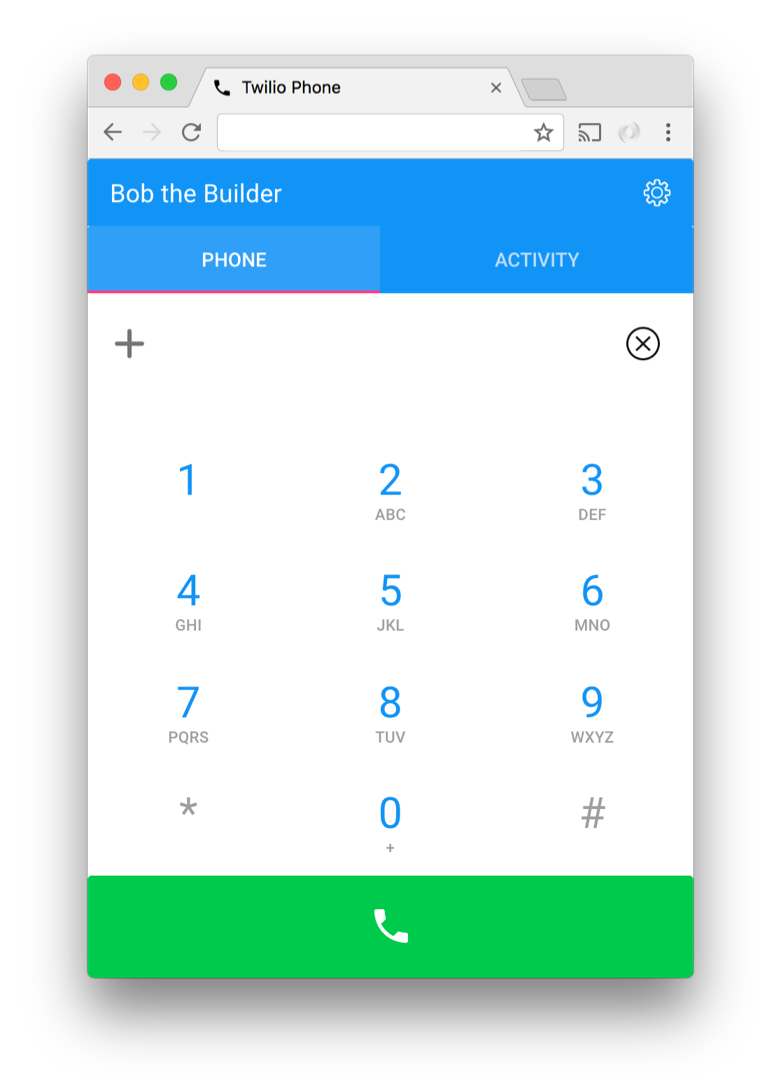A simple phone build with Twilio Client WebRTC, Node, AngularJS Material and MongoDB.
NOTE: Please review the code if you do not use it just as demo. It has been designed for demo purposes and has not been separately security checked.
This will install the application and all the dependencies on Heroku (login required) for you. As part of the installation, the Heroku app will walk you through configuration of environment variables. Please click on the following button to deploy the application.
After the installation has completed please open https://<your_application_name> in your browser.
This project requires Node.js 6 or greater and MongoDB.
You can download and run MongoDB yourself (OS X, Linux, Windows).
On OS X, the maybe the easiest way to get MongoDB running locally is to install via Homebrew.
brew install mongodbYou should then be able to run a local server with:
mongodBy default, there will be a local database running that's not password protected. Create a database for the application.
Navigate to the project directory in your terminal and run:
npm installIn order to run the demo you will need to set the following environment variables:
MONGODB_URI
Start the application
node app.js
After the server is started open https://<your_application_name> in your browser.
Note:
Before you can make and receive phone calls register with a nickname and a password. After your first login press the setup icon on the top right. The demo application will ask you for your TWILIO_ACCOUNT_SID andTWILIO_AUTH_TOKEN and will use your account credentials to configure the TwiML Application and the Twilio number for you.
Please create a separate sub-account within Twilio and install this app using that sub-accoount credentials.
On Google Chrome a secure HTTPS connection is required to do phone calls via WebRTC. Use a tunnel that supports HTTPS such as ngrok, which can forward the traffic to your webserver.
Message mdamm@twilio.com
MIT
- Matthias Damm mdamm@twilio.com
